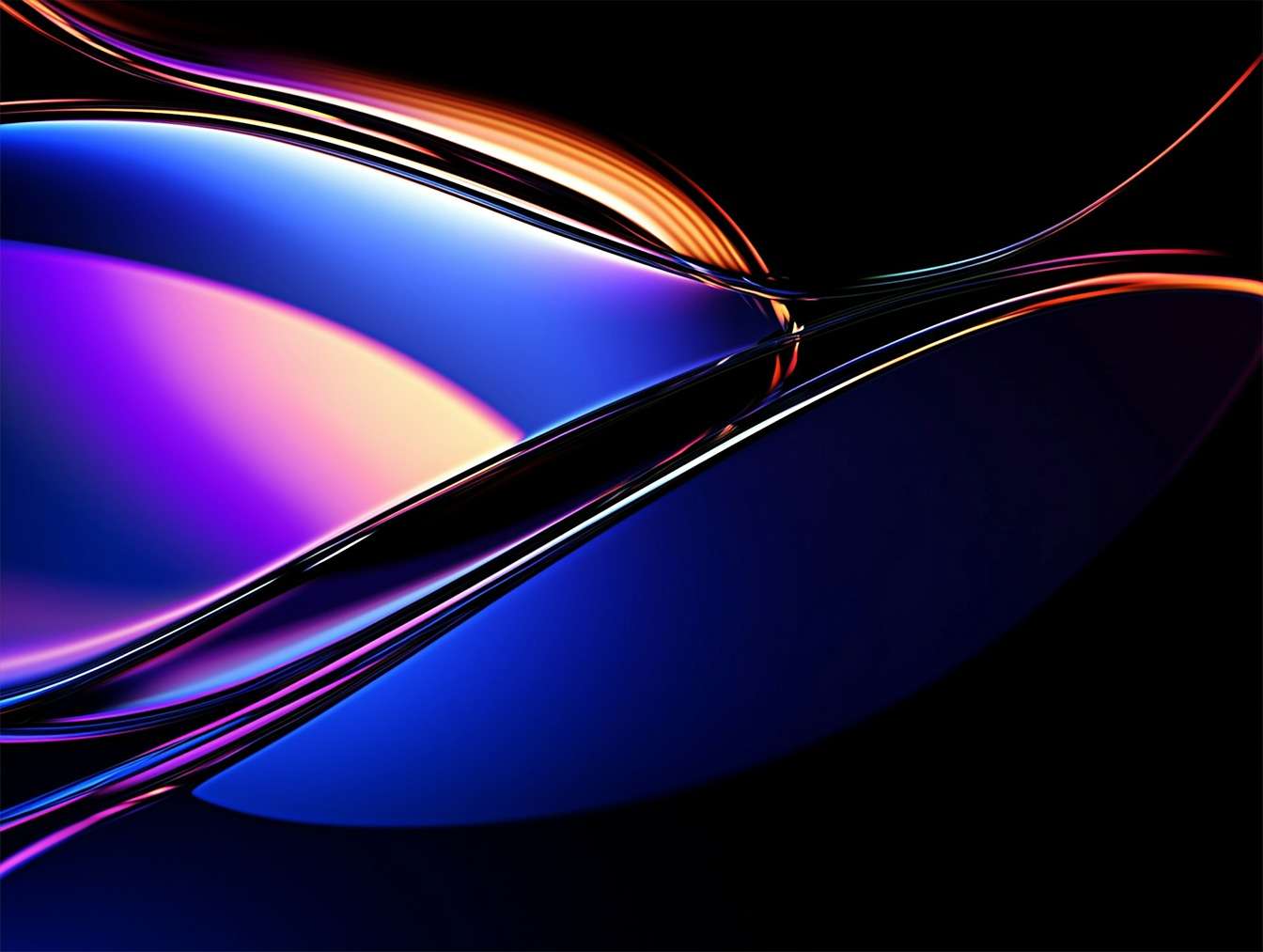Chemical Peels have become increasingly popular in recent years as a way to achieve glowing, youthful skin. These treatments involve the application of a chemical solution to the skin, which causes the top layer of skin to peel off, revealing smoother, more radiant skin underneath. Chemical peels can help to improve a variety of skin concerns, including acne, hyperpigmentation, fine lines, and wrinkles. In this ultimate guide to chemical peels, we will explore the different types of peels available, how they work, and what to expect during and after treatment.
There are several different types of chemical peels available, ranging from mild to deep. Superficial peels are the mildest form of chemical peel and are typically made with alpha hydroxy acids (AHAs) or beta hydroxy acids (BHAs). These peels are great for treating mild acne, uneven skin tone, and fine lines. Medium peels use trichloroacetic acid (TCA) to penetrate deeper into the skin and are effective at treating more severe acne, sun damage, and wrinkles. Deep peels use phenol to penetrate the deepest layers of the skin and are the most effective at treating deep wrinkles, severe sun damage, and scars.
During a chemical peel treatment, the skin is thoroughly cleansed and the chemical solution is applied to the skin. The solution is left on the skin for a specific amount of time, depending on the type of peel being used. Patients may feel a slight tingling or burning sensation during the treatment, but this is usually mild and tolerable. After the solution is removed, the skin may appear red and feel tight, similar to a sunburn. Over the next few days, the top layer of skin will begin to peel off, revealing fresh, new skin underneath.
After a chemical peel, it is important to follow the post-treatment instructions provided by your skincare professional. This may include avoiding sun exposure, using gentle skincare products, and staying hydrated. It is also important to protect your skin with sunscreen to prevent further damage. Most patients will see noticeable results after just one treatment, but a series of treatments may be recommended for optimal results.
In conclusion, chemical peels are a safe and effective way to achieve glowing, youthful skin. Whether you are looking to treat acne, hyperpigmentation, fine lines, or wrinkles, there is a chemical peel that can help you achieve your skincare goals. By understanding the different types of peels available, how they work, and what to expect during and after treatment, you can make an informed decision about whether a chemical peel is right for you. So, why wait? Schedule a consultation with a skincare professional today and start your journey to glowing skin with chemical peels.
——————-
Check out more on Chemical Peels contact us anytime:
Facial Esthetician | On Point Skin & Lash in El Cajon, CA
https://www.onpointskinandlashstudio.com/
San Diego – California, United States











